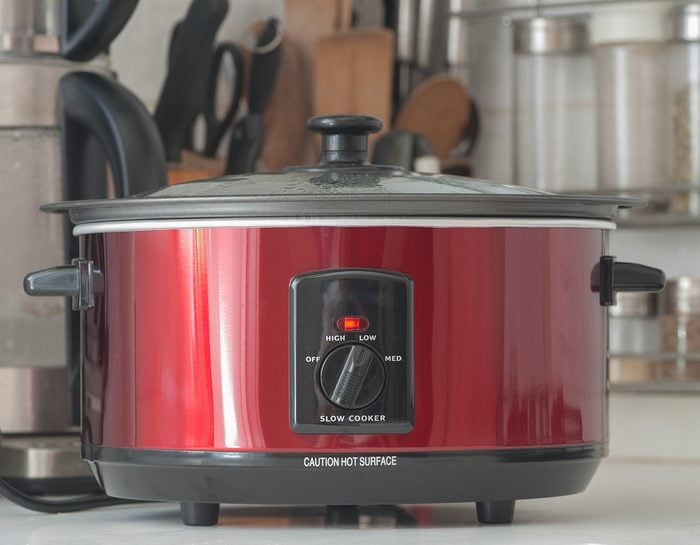
Slow your roll
It sounds like a miracle meal machine: You dump in your ingredients, plug the thing in, and get a hot, hearty, perfectly cooked meal ready to eat—with next-to-no prep or cleanup time. With recipes for everything from breakfast to drinks (and dessert!), it’s easy to go a little crockpot crazy. But alas, not every food is suited for slow cooking. Even Stephanie O’Dea, author of the New York Times best-selling author of the Make it Fast, Cook it Slow cookbooks, who once used her slow cooker every day for an entire year, admits to having her share of flops. Here are 13 foods to avoid when using your slow cooker.
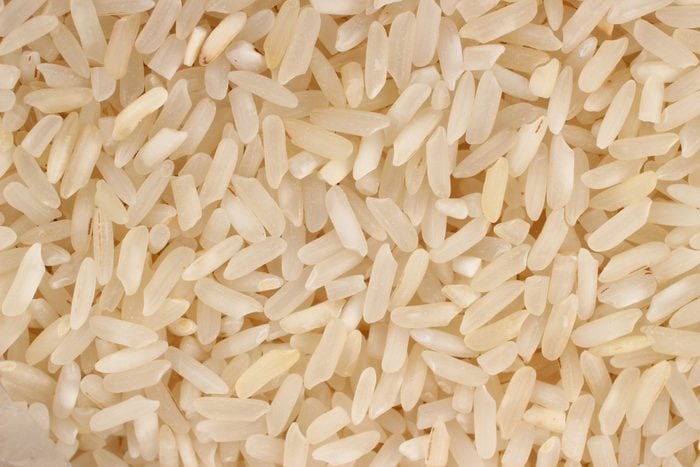
Rice
It seems like a no-brainer to toss rice and water in a slow cooker and let it do its thing. But the timing matters, says O’Dea. Rice can get overly starchy when it cooks too long, so it tastes gummy. One solution is to add instant rice—which has already been parboiled so it cooks quickly—to the pot when you have about 20 minutes of cooking time left. “This keeps the rice from disintegrating,” says O’Dea. Or use wild rice, which holds up nicely.
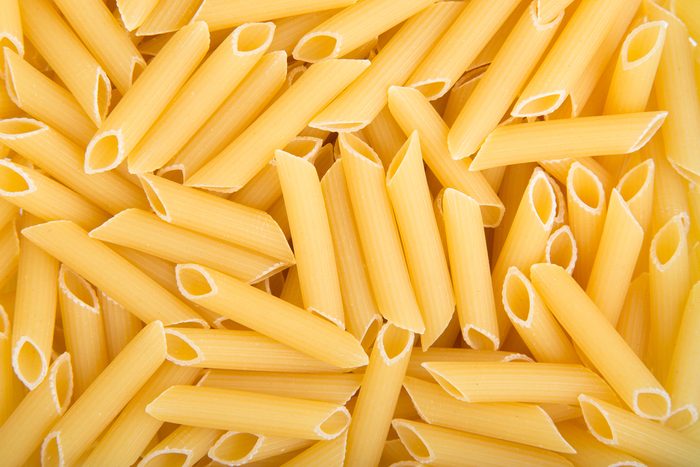
Pasta
“If you don’t follow a recipe for pasta that is written specifically for a slow cooker and take note of the timing, it loses shape and becomes wallpaper paste,” says O’Dea. Like rice, pasta is best stirred in at the very end or baked in something like a lasagna. “My best suggestion when slow cooking is to begin with a few tried and true recipes from a trusted source,” she says, “and then after you have your own machine figured out, you can experiment.”
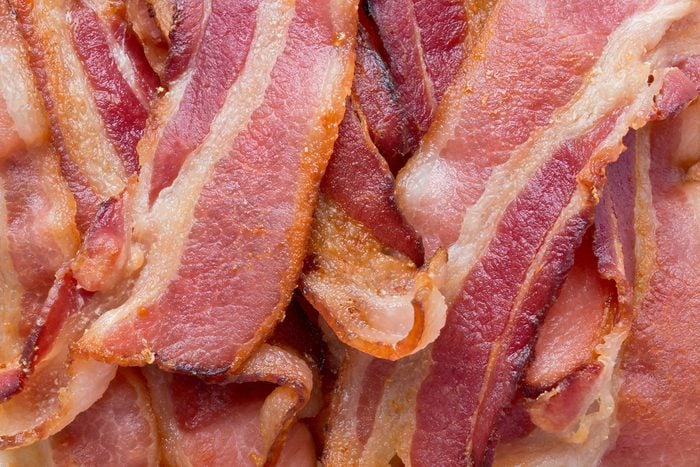
Bacon
Maybe it goes without saying that you can’t get crispy foods out of a slow cooker, but plenty of people make bacon in the oven. “I tried, once, miserably, to make bacon-wrapped scallops because I was having a craving,” O’Dea says. “It turned into a stinky, gray, slimy mess and needed to be double-bagged in the outdoor garbage can.” If that tale doesn’t convince you, nothing will.
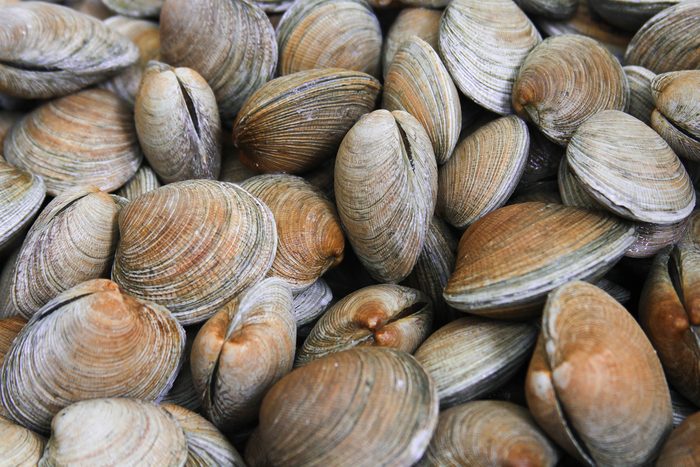
Seafood
Even without the bacon, those scallops probably weren’t destined for greatness. Seafood is best when it’s not overcooked, and most slow cooker recipes take hours. Is it possible? Sure. But there are other, better ways to cook fish and shellfish. Use them.
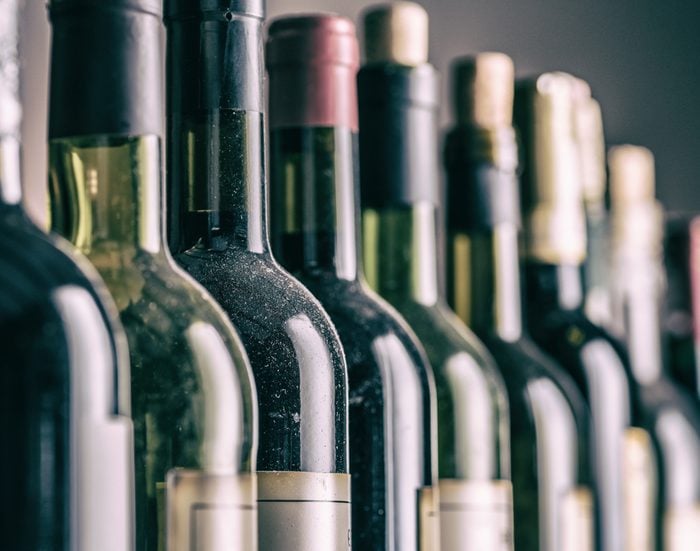
Alcohol
When you cook with wine or spirits on the stove, the alcohol burns off. But low, slow heat can’t do that, especially if you’re adding the alcohol at the end of the cooking cycle, which means your dish might taste boozy. Whether that’s a fail or not is up to you.
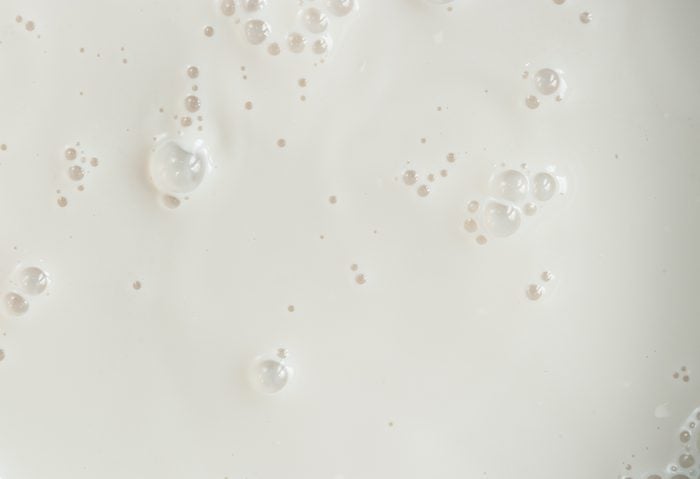
Dairy
Milk and milk products tend to curdle at warm temps, which is a chemical reaction that causes dairy proteins to stick together, making the liquid lumpy. It isn’t always a sign that the milk’s gone bad, but it can be. In fact, says O’Dea, curdling milk is part of the recipe for making yogurt. If that’s not what you’re going for, it’s best to add dairy at the end of the cooking cycle, or use an alternative method for especially dairy-rich recipes.
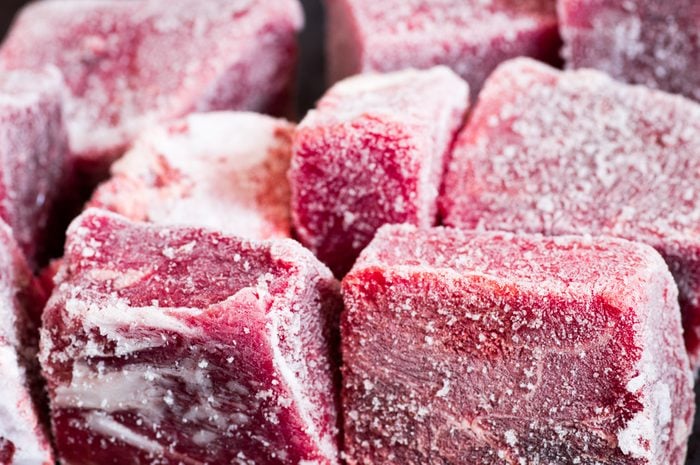
Frozen food
Slow cooking means low cooking—your temperature won’t get much above 300 degrees, even on the high setting. So you don’t want to toss food that hasn’t been completely thawed in there, because it can further lower the temperature inside the pot and throw off your whole cooking time. “My rule of thumb is to not place a huge block of anything frozen in a slow cooker,” says O’Dea. Don’t miss these other kitchen mistakes everyone needs to stop making.
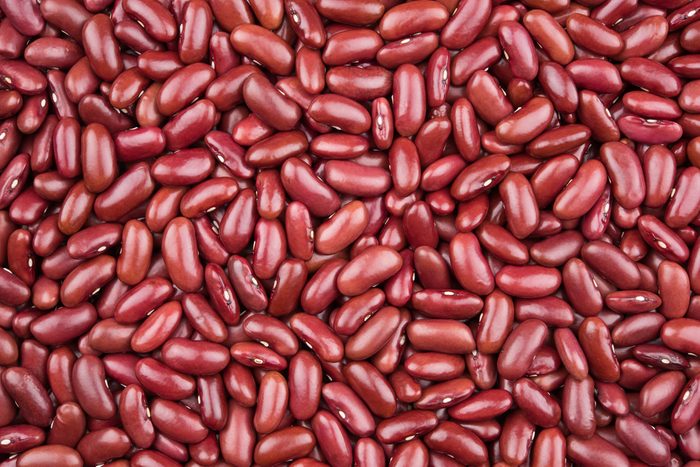
Beans
Since dried beans need to soak overnight before cooking anyway, a slow cooker sounds like a great solution. The only problem is that some beans, including kidney, contain a natural toxin that is normally wiped out by boiling. Slow cookers rarely reach the temperature necessarily to destroy that toxin (212 ºF). You should always soak, rinse, and boil beans for at least 10 minutes before you add them to a slow cooker.
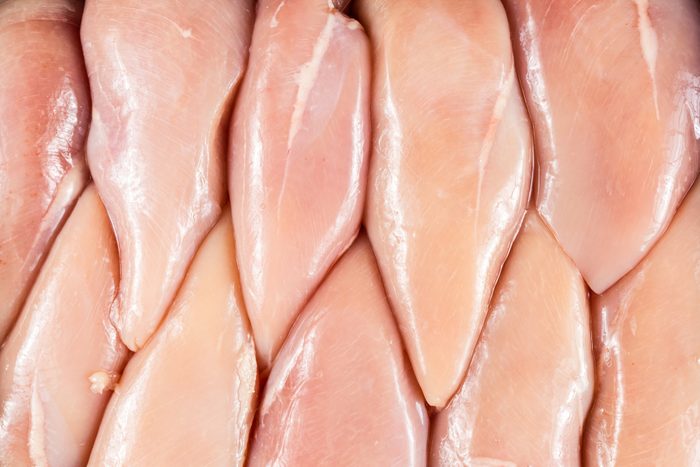
Skinless boneless chicken breast
White meat, especially without skin or bones, will dry out when cooked as long as most crock pot recipes. That’s because it’s so lean, it lacks the natural fat that helps cook other meats. Breasts will do better in saucy recipes, says Ashley Sauvé, a certified holistic nutritionist.
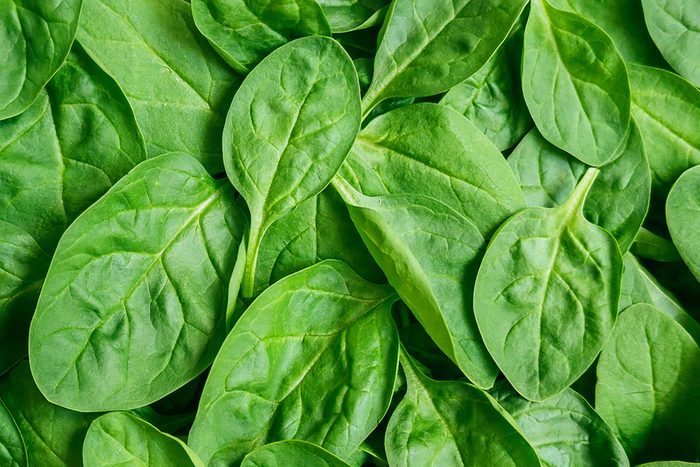
Green veggies
“Non-starchy green veggies like kale, spinach, and broccoli are super nutritious additions to any meal, but if you throw them into a crockpot for too long, they’ll get mushy,” says Sauvé. Overcooking can also zap some of the nutrients found in these foods, so add them during the last few minutes of cooking. Here are 15 more ways you’re using your slow cooker wrong (and how to fix them).
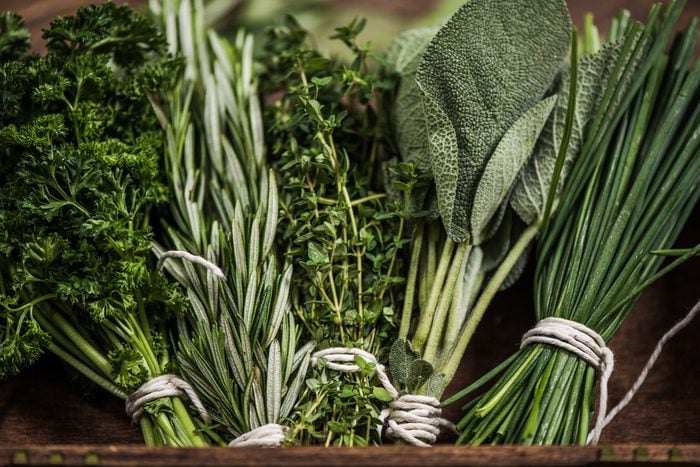
Fresh herbs
“Fresh herbs should never be cooked in a slow cooker,” says Sauvé. Things like basil, sage, and oregano will lose all their flavor and turn an unappetizing brown color when cooked that long. Either add fresh herbs at the end of the cooking period or use dried herbs, which better stand up to long cooking times.
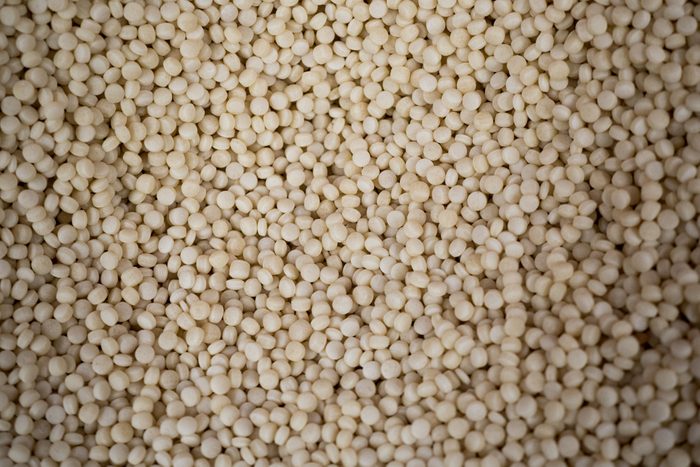
Couscous
Like rice and pasta, this grain will absorb way too much liquid and end up turning to mush if you try slow cooking it, says Sauvé. “If you want a side of grains with your meal, it’s better to cook them up separately on the stove before you sit down to eat.”
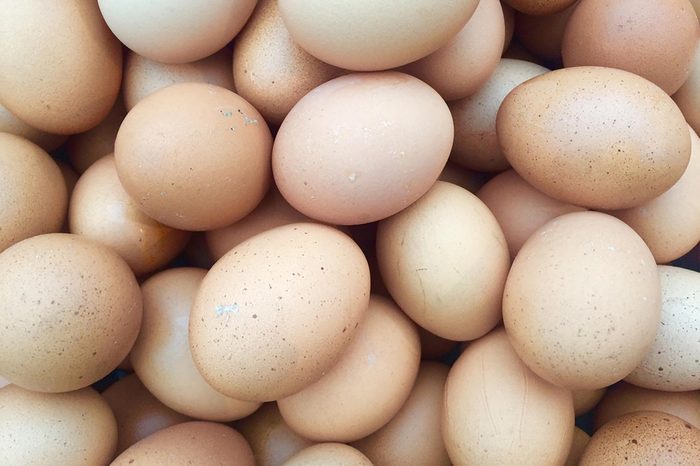
Eggs
“You can’t cook eggs overnight and wake up to hardboiled eggs,” says O’Dea. She knows—she’s tried (and flopped). Next, read up on these 36 other items you’ve probably been using wrong this whole time.
